The ability to conceal and carry is a unique and complex topic. Setting aside all the legal challenges for the moment, the practical impediments alone are broad and diverse. Attire, chosen tools (not just firearms), methods of access, and comfort are all considerations to be weighed back and forth to find our ideal.
Contrary to what many YouTube channels would have you believe, there is no one answer for everyone to these questions. Instead, you must go through a painful and expensive learning process of which gear fits where and why.
CCW Holsters – Carrying Is for Everyone
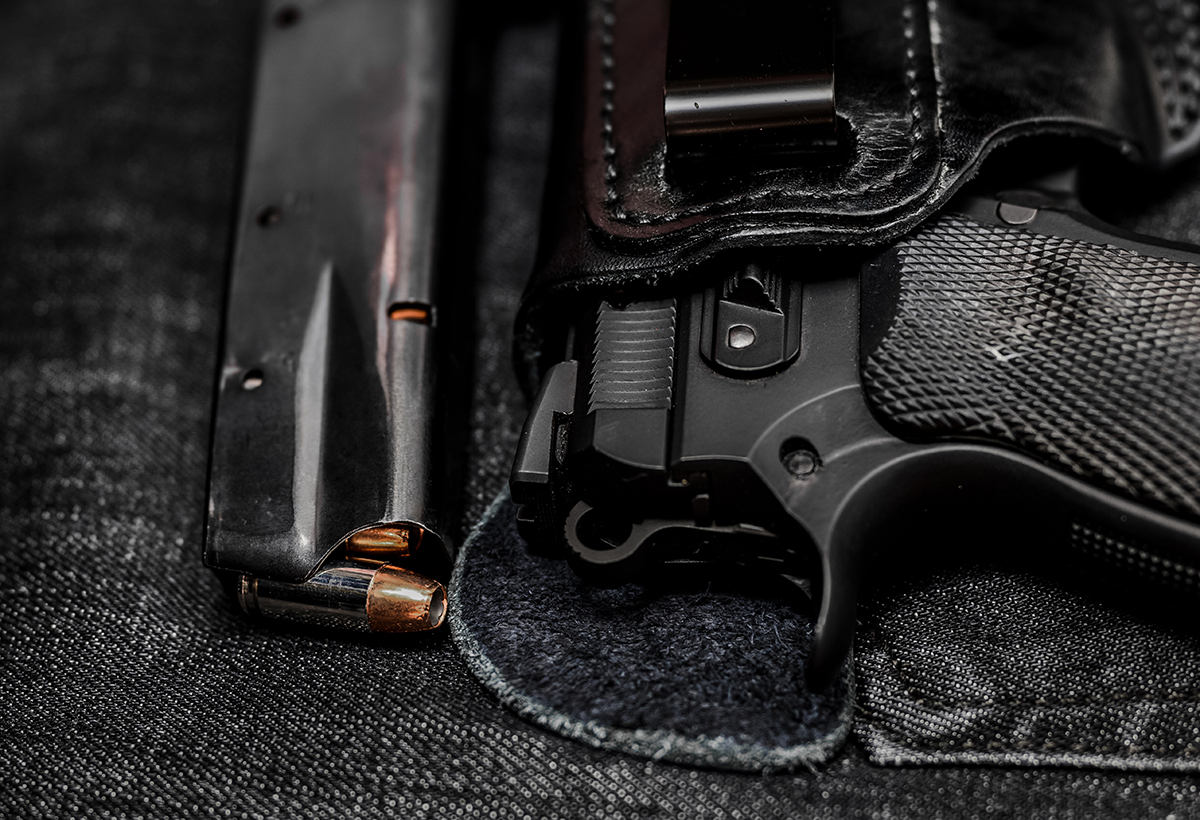
When CCW is talked about in the context of men’s professional attire, someone with a background in personal security work is usually the chosen expert on the topic. While this isn’t necessarily wrong, their experience doesn’t often apply much to regular suit-wearing people.
We’d all really enjoy rocking a shoulder rig with a submachine gun and extra mags easily concealed under a specially tailored suit jacket, but that’s not the civilian world. Neither is having a team of armed professionals with different responsibilities contributing to the security of the group. You’re on your own, hombre.
How to best conceal and carry those tools has been a question for the ages. From the Prohibition era, when law enforcement regularly went up against well-armed gangsters, we now draw a lesson: the benefits of what’s known as “appendix inside the waistband,” or AIWB, carry. Commonly, gangsters were able to get to their draw faster because they’d carry their pistols in the front of their waistband.
Fast-forward a few decades to the early 2000s, and we started seeing the renaissance of the AIWB carry position, and CCW holsters designed specifically for this position soon followed.
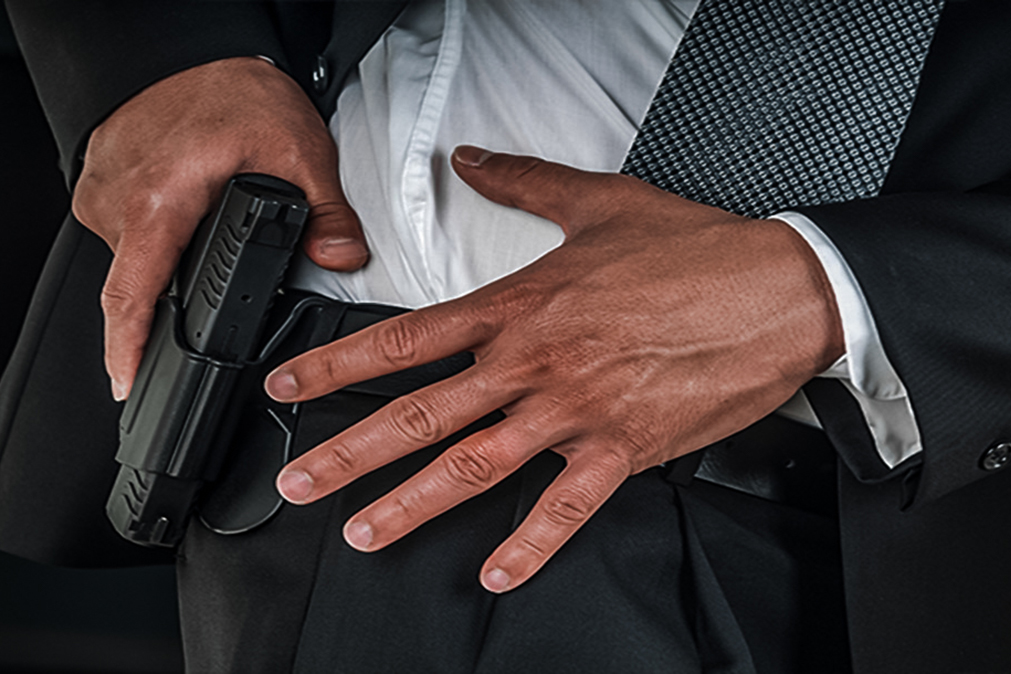
Today, notable examples are made by Phlster, Dark Star, Tier One Concealment, and JM Custom Kydex. They all make solid choices for CCW holsters. From a safety standpoint alone, there’s no reason to just tuck a gun in the waistband of your pants anymore, and those companies get it.
There’s also the continuum of force to consider. It’s not advisable, from a legal perspective, to go straight to a gun more often than not. Things like blunt striking tools, pepper spray, and tasers can be quite effective if used and carried correctly.
RELATED – Biden Announces Strict ‘Ghost Gun’ Regs, ATF Director Nominee
CCW Clothing Options
Lastly, when discussing clothing options, start thinking about not only buying “specialized” CCW clothes, which are often expensive and overly complicated, but also consider modifying clothes you already have. Try this: Take a button-up shirt and swap the bottom two or three buttons for snaps. Whether you’re carrying appendix or on the hip, this will allow for a faster, cleaner draw from your CCW holster without the added risk of having your garment getting caught up.
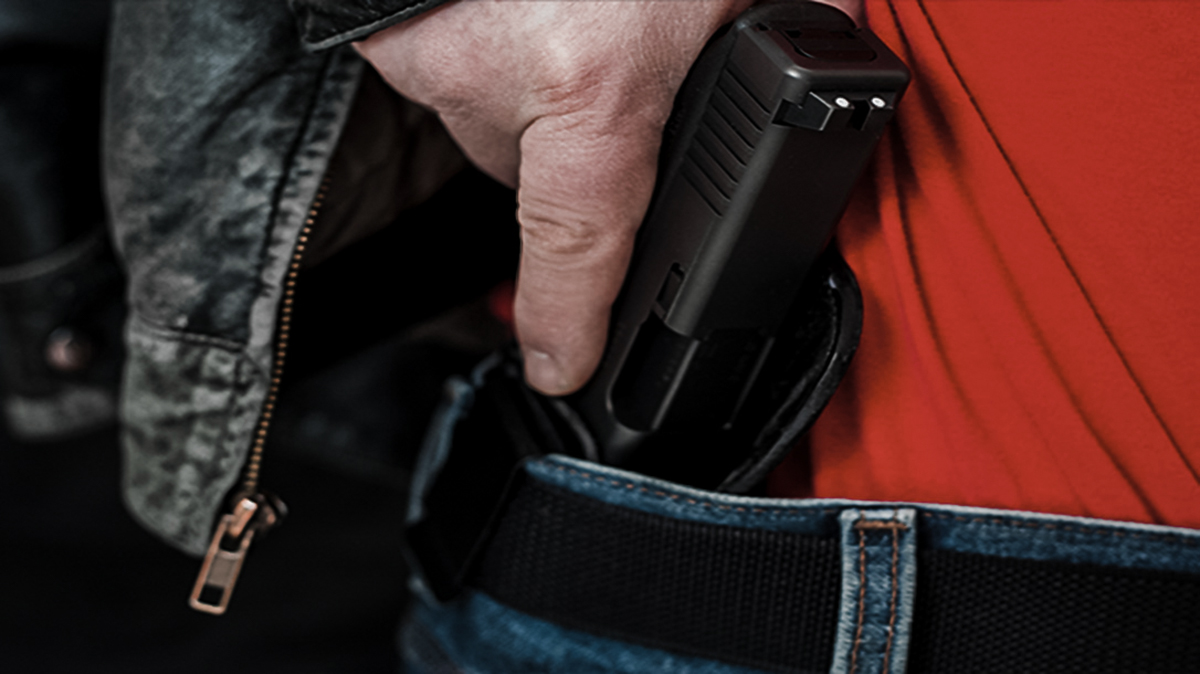
Consider wearing pants that are one or two sizes larger than your normal waist size to accommodate your choice of tools. IWB CCW holsters mean they have to go inside the waistband, so you will need a little extra waistband. Start thinking about possibly adding an ankle medical kit to your EDC gear, and more importantly, get the training to utilize it.
Other Factors to Consider
Do you carry a handheld light? Even if you have a weapon-mounted light, it’s not a good idea to use that to look for your keys since where the light points, so does the muzzle. Do you wear a wedding ring, and is it metal? How does that affect your grip, especially one-handed? Which wrist do you wear your watch on, and if you’re running a handheld light, how does that change your support grip on a pistol?
These are all concerns that are often overlooked but can dramatically change the way you go about your day. The key to coming out on top is planning ahead and setting the stage for yourself to have the best circumstances possible on what will likely be the hardest day of your life.
READ NEXT – Half of U.S. Now Has Constitutional Carry, Gun Debate Still Rages

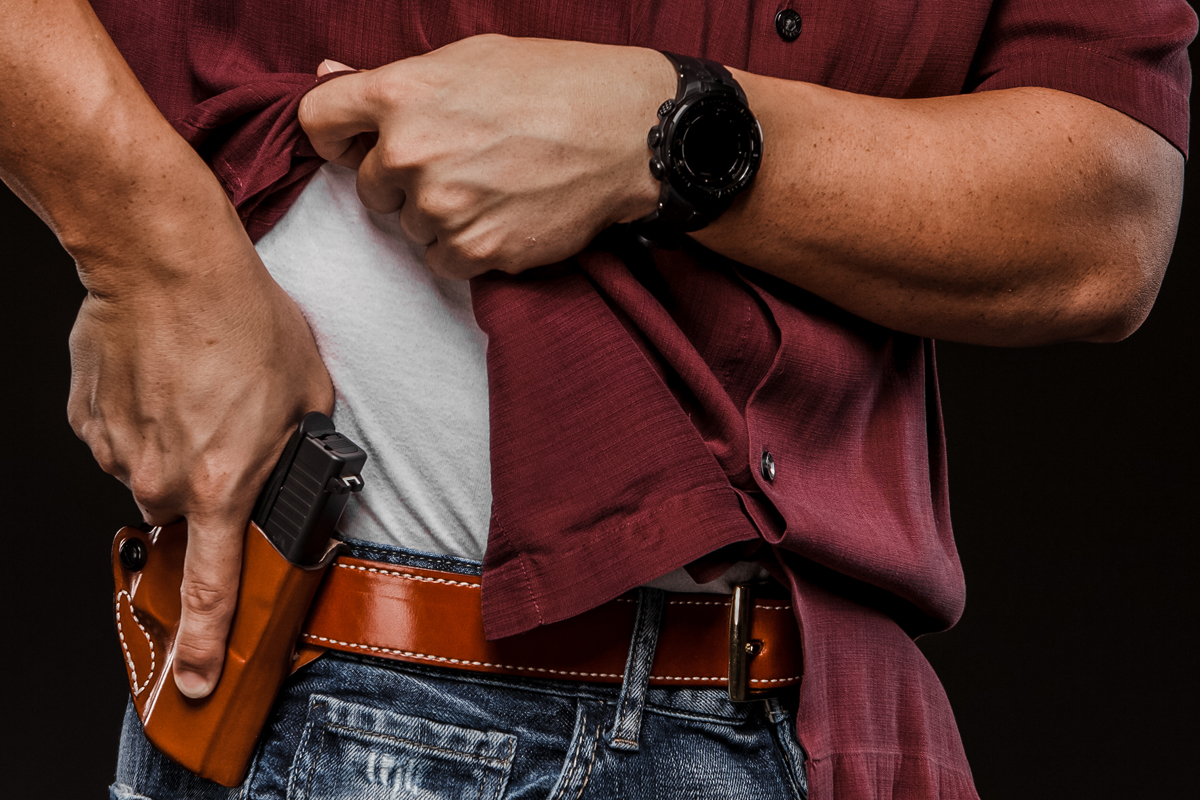

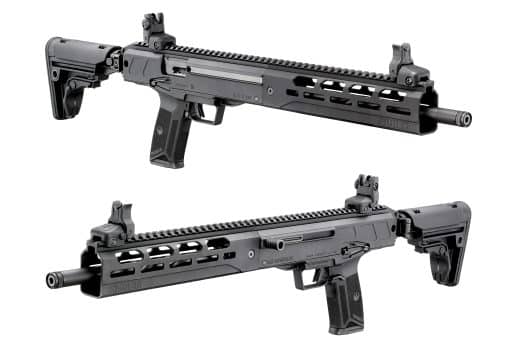
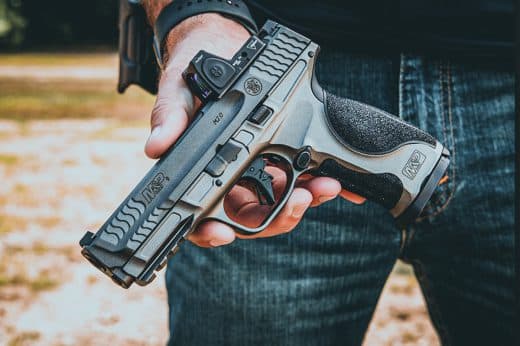
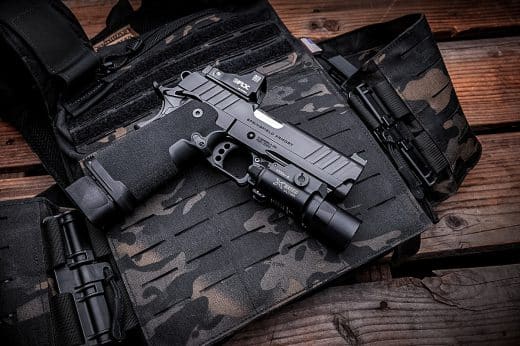


Comments